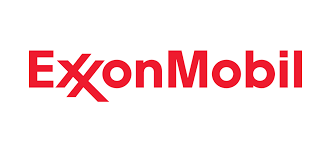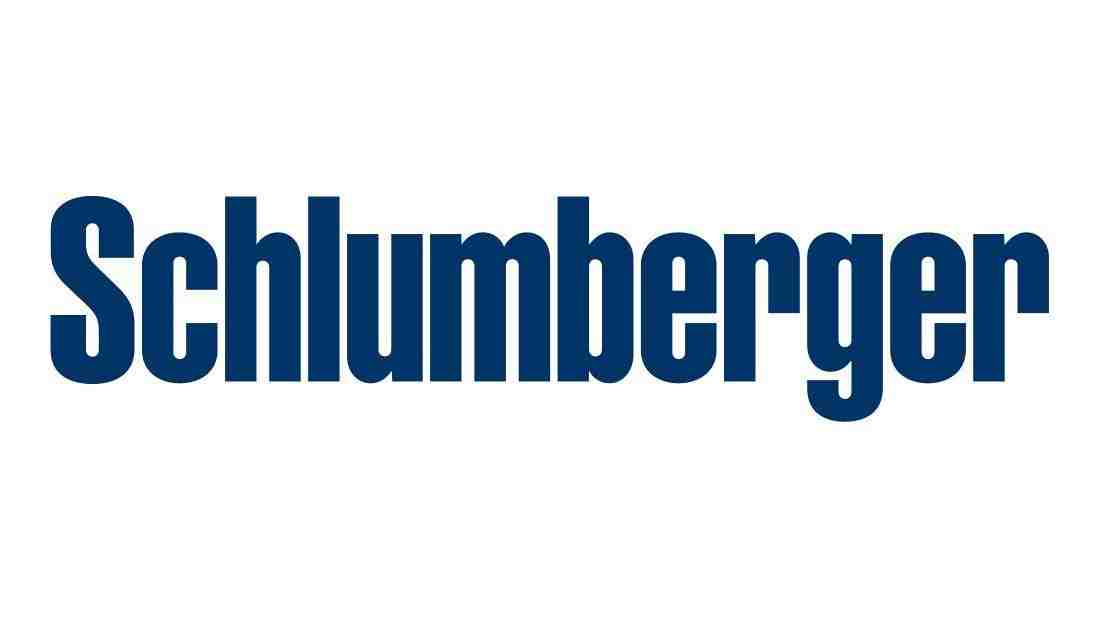Biopreservation Market accounted 3.2 billion USD in 2020 and is expected to reach 13.2 billion USD by 2030 with a CAGR of 15.1% approximately during the forecast period. Biopreservation is a process that involves the preservation and storage of bio-specimens like purified DNA, saliva, and plasma. It enables the stability, quality, and purity of bio-specimens. The process of biopreservation is carried out with the help of lactic acid bacteria as they are inhibitory to microbes responsible for decomposition. It has developed as an effective preservation method for long-term storage. Because of this, biopreservation has become a vital tool for the success of numerous clinical and commercial applications of the developing cell-based technologies. Currently, it is been extensively used for retaining the integrity and functionality of clinical trials material, stem cells, embryos, sperms, and eggs in several research and healthcare institutions.
Market Segmentation:
On the basis of product type, the biopreservation market can be classified into equipment, media, and laboratory information management systems (LIMS). The equipment segment can be further classified into freezers, refrigerators, consumables, and liquid nitrogen. The media segment is further classified into nutrient media, sera, and growth factors & supplements. Based on application type, the market is segmented into regenerative medicine, biobanking, and drug discovery. Regenerative medicines can be further segmented into cell therapy, gene therapy, and others. The biobanking segment can be further classified into human eggs, human sperms, and veterinary IVF. According to cell provider’s volume, the biopreservation market can be categorised into CD 34+, CD 19+, MSC, iPSC, hESC, tumour cells, and others. By end-users, the market is segregated into hospitals, bio-banks, gene banks, and others. Geographically, the global biopreservation market can be broadly divided into five regions mainly North America, Europe, Asia Pacific, and ROW.
Market Dynamics and Factors:
Growing prevalence of chronic disorders, rising healthcare expenditure, and increasing government spending on R&D are the major factors driving the global biopreservation market. For instance, according to the National Diabetes Statistics Report 2017, around 30 million people which comprises of almost 9.4% of the U.S. population had diabetes in 2015. Scarcity of organ donors for transplantation purposes is going to augment the demand for regenerative medicines which will in turn escalate the biopreservation market growth in the coming future. In addition to that, other major driving factors include growing research in drug discovery, increase in the number of bio-banks to store biological products used in various kinds of medical research, and government initiatives to promote bio-banking for disease treatment. For instance, government initiatives such as International Society of Biological and Environmental Repositories to enrich bio-banking and preservation standards and practices is creating huge opportunities for the biopreservation market to grow in the coming future. However, certain factors like high cost of biopreservation devices, stringent norms for the production of biopreservation products, and the emergence of room temperature storage techniques are hindering the growth of the biopreservation market. Furthermore, increasing R&D by key players in order to enhance their capabilities and provide efficient products and services is expected to further expand growth prospects for the market.
Geographic Analysis:
North America is expected to dominate the global biopreservation market in terms of market share during the forecast period. Increasing prevalence of chronic disorders like diabetes, renal failure leading to organ damage has augmented the scope of organ transplantation in the region. Thus, positively impacting the biopreservation market in the region. For instance, according to the U.S. Department of Health & Human Services, almost 114,000 people were on the national transplant waiting list as of August 2017. This in turn has increased the adoption rate of regenerative medicine in disease treatment and contributed to the growth of the biopreservation market in the region. Other major factors include robust healthcare infrastructure, and government investments in R&D attributing to the market dominance of the region. Europe is expected to be the second most dominating market for biopreservation products during the forecast period. Increasing government support in networking of bio-banks such as UK Bio-bank and international collaborations for expanding the scope of bio-banking are the major factors attributing to the market growth in the region. The Asia Pacific market is anticipated to witness the fastest growth in the biopreservation market during the forecast period. Consistent rise in number of patients suffering from chronic diseases, and increasing government investments in R&D is widening the scope for adoption of bio-storage, thereby boosting the market growth across the APAC region.
Competitive Scenario:
The key players operating in the global biopreservation market are –
BioLife Solutions, BioCision, Biomatrica, Chart MVE Biomedical, Thermo Fisher Scientific, Panasonic Biomedical, Taylor-Wharton Cryogenics, Atlanta Biologics, Qiagen, Princeton Cryotech Inc.
Biopreservation Market Report Scope
| Report Attribute | Details |
| Analysis Period | 2020–2030 |
| Base Year | 2021 |
| Forecast Period | 2022–2030 |
| Market Size Estimation | Billion (USD) |
| Growth Rate (CAGR%) | 15.1 % |
|
| By Product Type (Equipments {Freezers, Refrigerators, Consumables, Liquid Nitrogen}, Media {Nutrient Media, Sera, Growth Factors & Supplements}, Laboratory Information Management System), By Application (Regenerative Medicine {Cell Therapy, Gene Therapy, And Others}, Biobanking {Human Eggs, Human Sperms, Veterinary Ivf}, and Drug Discovery), By Cell Providers Volume (Cd 34+, Cd19+, MSC, IPSC, HESC, Tumor Cells, And Others), By End-Users (Hospitals, Bio-Banks) |
| Geographical Segmentation | North America (U.S., Canada, Mexico) Europe (UK, Germany, Italy, France, Rest of Europe), Asia-Pacific (China, Japan, India, Australia, Rest of APAC), South America (Brazil, Argentina, Rest of SA), MEA (UAE, Saudi Arabia, South Africa) |
| Key Companies Profiled | BioLife Solutions, BioCision, Biomatrica, Chart MVE Biomedical, Thermo Fisher Scientific, Panasonic Biomedical, Taylor-Wharton Cryogenics, Atlanta Biologics, Qiagen, Princeton Cryotech Inc. |







